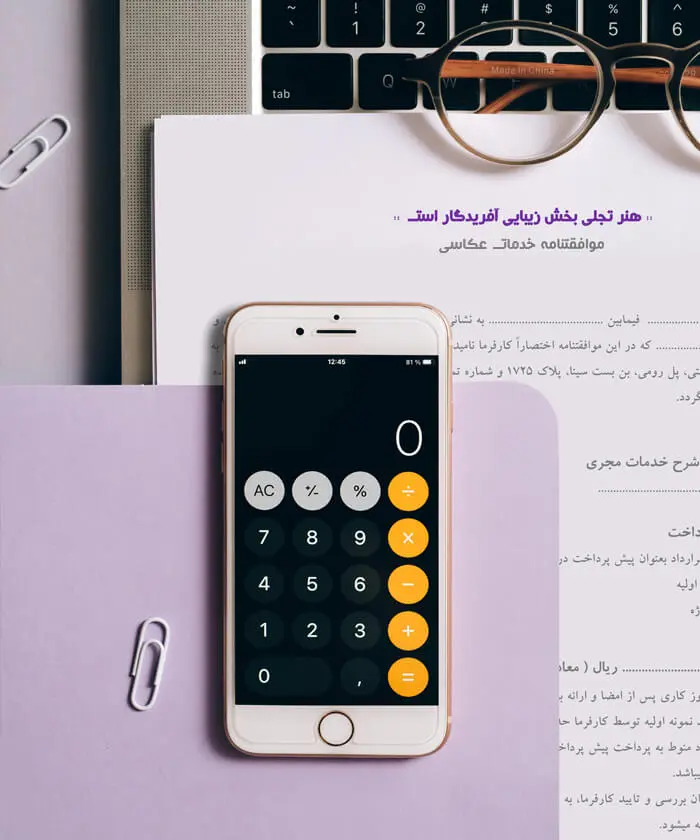Food Industry Photography
Photo & Design Studio
Photography Studio
Food photography is an appealing and a beauteous subset of industrial photography.
Food photography is mostly used for enthusing and attracting more customers and the advertising aspect is emphasized in it. In this photography field style, setting, a little patience, deceptive tricks and tactful cross-cuts create more favorable photos.
The role of the food stylist is to make the food look attractive in the finished photograph. The time and effort a stylist takes to carefully and artfully arrange the food, is the cause of differences between the way the stylist presents it and the way a home cook or chef may. Visual know-how is also a requirement, as is the knowledge of how to translate the perception of taste, aroma and appeal that one gets from an actual dish, to a two-dimensional photograph.
Food stylists have culinary training; some are professional chefs or have a background in home economics. In addition to knowledge of nutrition and cooking techniques, food stylists must also be resourceful shoppers. As creative professionals they envision the finished photograph and style the food accordingly.
The process of food photography begins with the purchase of the food and ingredients. Only the most visually perfect foodstuffs are acceptable and multiple backup or test items are usually needed. As a result, purchase of the food and ingredients is a very time-consuming process. The best-looking of the purchased items is selected and marked as the "hero", i.e., the item that will be featured in the photograph. During the setup and for test shoots, it is represented by a cardboard stand-in.
Salads in food photography are composed with a view to creating appealing textures, shapes and colors. To improve support and aid in composition, salad in a bowl is built around a smaller bowl placed inverted in the larger bowl. Salad greens are kept fresh and crisp by misting them with cold water prior to composition. Salad dressing is not normally used, as it makes the salad slippery and difficult to style, but the appearance of dressing may be created by sprinkling herbs and spices over the wet salad, or mixing them in oil and applying it with a brush.
Fruit salads are particularly challenging shooting because of the short time the fruit pieces, which are cut immediately prior to final photography, retain their appearance. As only the outer layer of the salad is of interest, the concealed interior of the salad bowl may be filled by mashed potatoes or another mixture. Thick or heavy dressings do not photograph well; they are usually thinned and applied by brush.
to create the effect of a thin layer of condensation forming on the outside of glasses containing cold liquid, dulling spray may be applied, with paper or masking tape protecting the non-"frosted" areas. More pronounced condensation and dew drops are imitated by spraying the glass with corn syrup or glycerin.
Ice cubes used in shoots are made of acrylic, so they do not move or melt during the shoot, which may take place under hot studio lighting. Fresh-looking bubbles on the surface of drinks are created by applying a mixture of the drink and detergent to the surface with an eyedropper. White glue may be used in lieu of milk, and a mixture of brewed coffee and water instead of tea.







